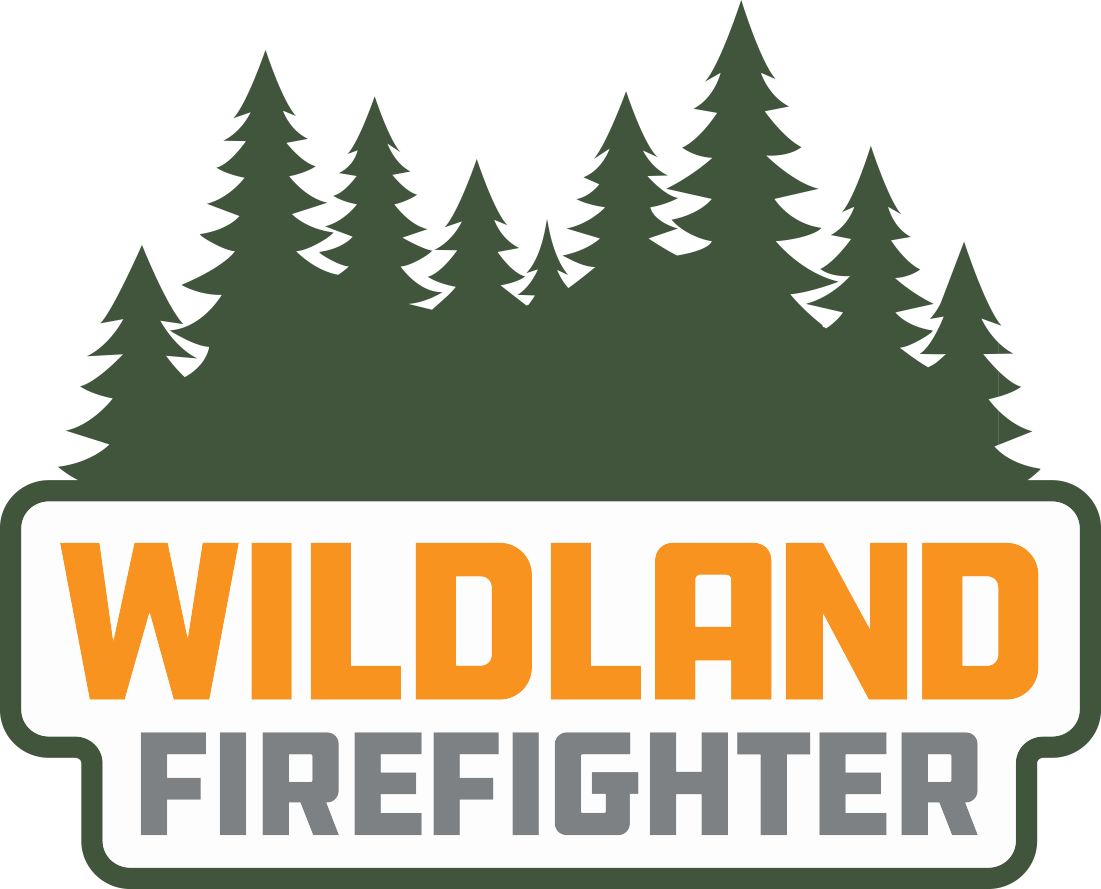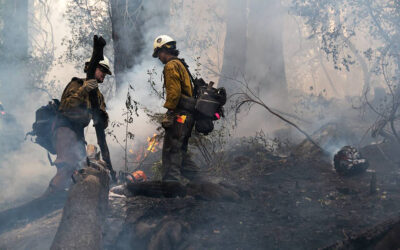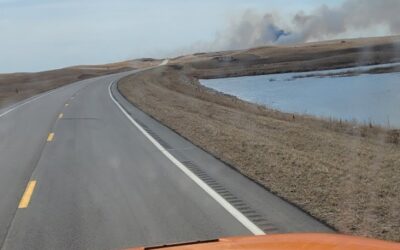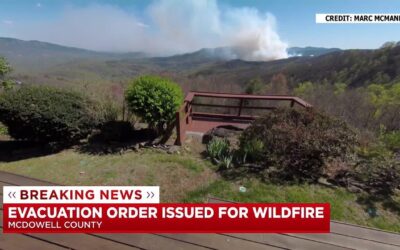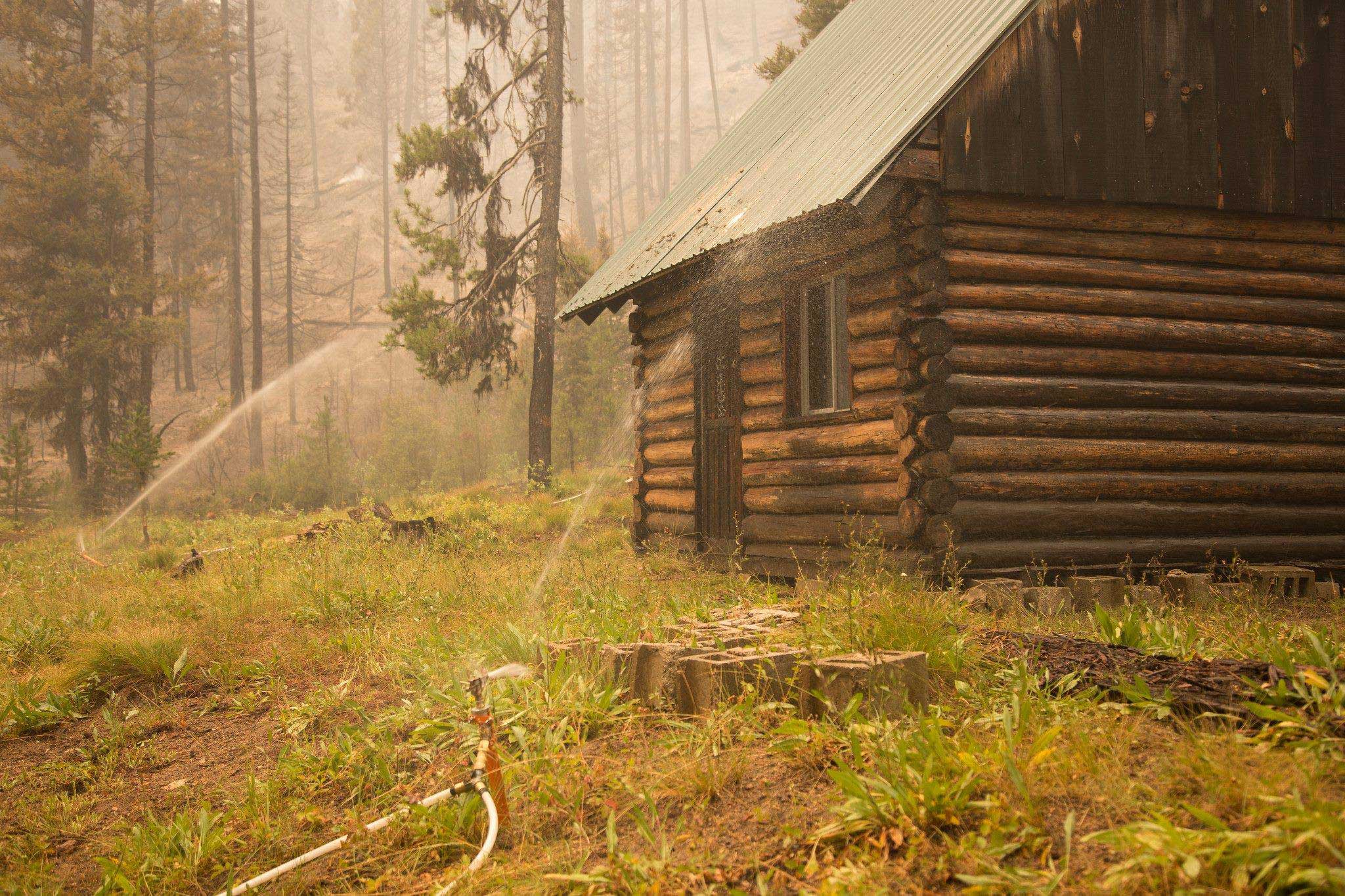
If you have been living in an urban, suburban, or even a small city or town environment for the past few years, you have probably noticed the increase in population in the form of density of home construction, buildings that house the services and conveniences, and infrastructure used by the people who live and work there. This construction often intrudes on wildland, which increases the threat that wildland fires pose to communities. The point at which development meets natural foliage is called the wildland-urban interface (WUI).
This dynamic is intensified by oblivious human behavior and the increase in the number of wildland fires and their intensity due to climate change. For example, on March 10, 2025, someone wanting to make s’mores in their backyard on Long Island—in Manorville, New York—accidentally started a fire that, because of strong winds, sparked multiple fires near the Long Island Pine Barrens. For a number of years, this ecosystem has been decimated by the southern pine beetle, which kills pine trees. The dead trees contributed to the rapid spread of the wildfires. More than 80 fire departments and 10 emergency medical service units responded. The fire burned two structures and injured two firefighters.[i]
We often think of wildland firefighting and structural firefighting as two separate paradigms. However, with the emergence of WUIs, a new paradigm in firefighting and fire suppression has emerged in the form of Structure Protection Units (SPUs). SPUs are mobile units equipped with sprinkler systems, portable high-pressure pumps, and cart systems, which are used to form a humidity bubble around homes and infrastructure. A humidity bubble occurs when property in danger of becoming involved with fire is dampened in advance. Because SPUs can be deployed quickly, they offer a solution to community protection and resiliency.

Photo: BC Wildfire
Sprinkler systems—strategically placed—moisten structure roofs and walls and surrounding foliage lowering the risk of ignition that might occur from sparks and embers. Sprinkler systems form a wet barrier that slow down or prevent the progression of the fire, establishing a safer working environment for firefighters and increasing the chances of structure survival. For example, during the British Columbia’s Logan Lake wildfire incident, all of the homes that were protected by rooftop sprinklers survived. In California’s Camp Fire incident 87 percent of homes protected by sprinklers survived. Unprotected homes had a much lower survival rate.
Cart systems provide homeowners with a professional grade solution—such as hoses and nozzles—so that they can be defensively proactive before firefighters arrive on scene. Cart systems are easy to store and deploy by homeowners who do not have training in fire suppression. The onboard storage and accessible design on cart systems make them easy to deploy and don’t require extensive training or specialized knowledge. In addition, compared to the potential for financial loss from extensive structural damage, cart systems are relatively affordable. Portable high-pressure pumps, traditionally used for wildfires, are versatile, moveable, and effective water delivery systems. Portable high-pressure pumps have become a game changer in battling fires in the WUI. They enable firefighters to extend hose lines over long distances and to pump water uphill in rough terrain. They increase operability because they can access water sources like lakes, rivers, and streams that may be far from the fire line.
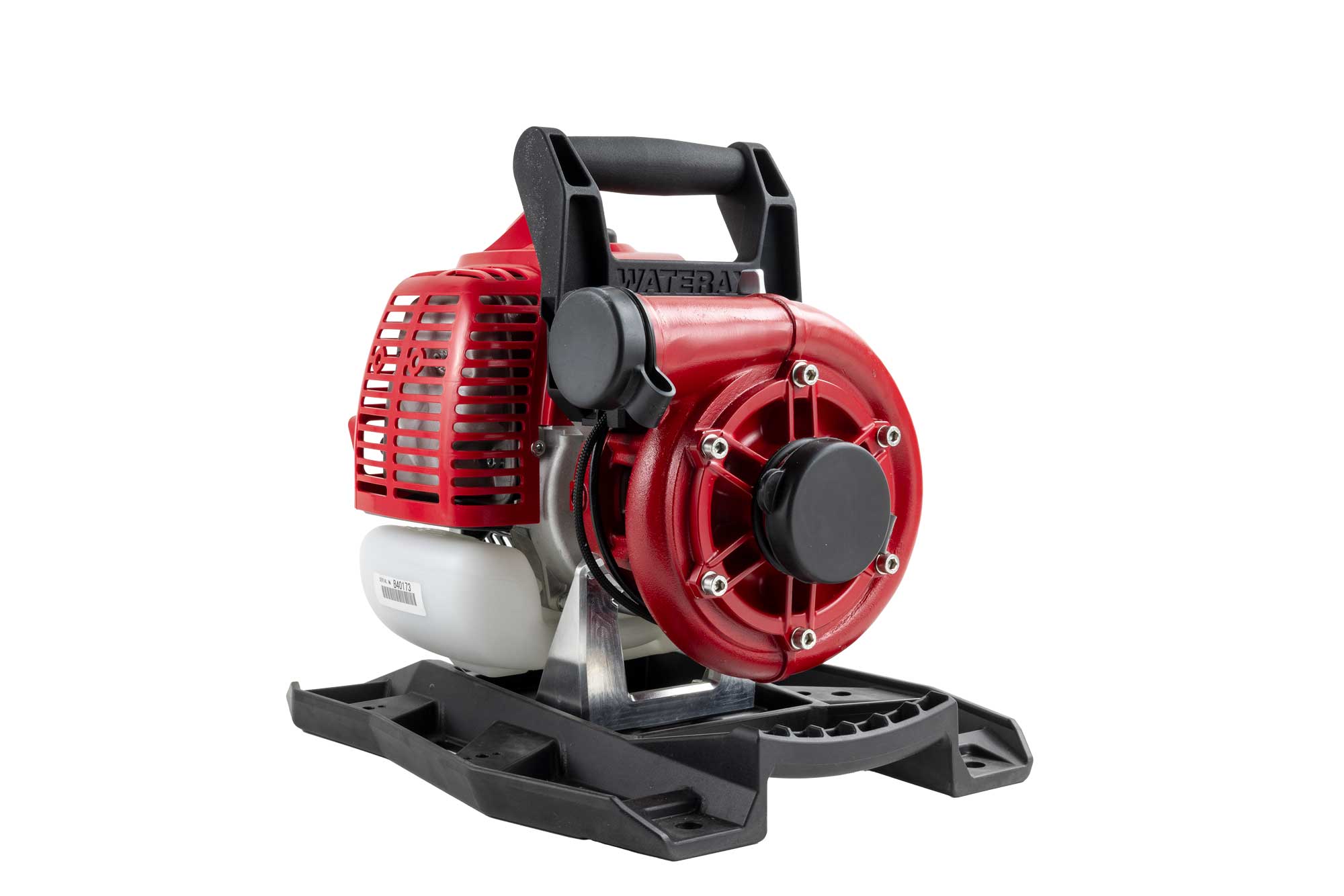 Companies such as WATERAX provide tools and innovative pumps specifically made for these challenges. For example, WATERAX’s MINI-MARK® Watson Edition 2-Stroke Lightweight High-Pressure Pump, weighing only 18 pounds (8.2 kg), is a great addition to an SPU. The MINI-MARK can be used for initial attack for short distances, but can also be used with a sprinkler system, as structure protection, for tandem pumping over long distances, and as on a slip-on unit for vehicles like ATVs or UTVs. The MINI-MARK is compact and backpackable, making it easy to deploy to remote locations. Its simple design facilitates maintenance and repair as well as manufacturing cost effectiveness while still providing the necessary output for the job.
Companies such as WATERAX provide tools and innovative pumps specifically made for these challenges. For example, WATERAX’s MINI-MARK® Watson Edition 2-Stroke Lightweight High-Pressure Pump, weighing only 18 pounds (8.2 kg), is a great addition to an SPU. The MINI-MARK can be used for initial attack for short distances, but can also be used with a sprinkler system, as structure protection, for tandem pumping over long distances, and as on a slip-on unit for vehicles like ATVs or UTVs. The MINI-MARK is compact and backpackable, making it easy to deploy to remote locations. Its simple design facilitates maintenance and repair as well as manufacturing cost effectiveness while still providing the necessary output for the job.
UTV Skid Units use these smaller pumps to control small fires, such as grass fires and prescribed fires. 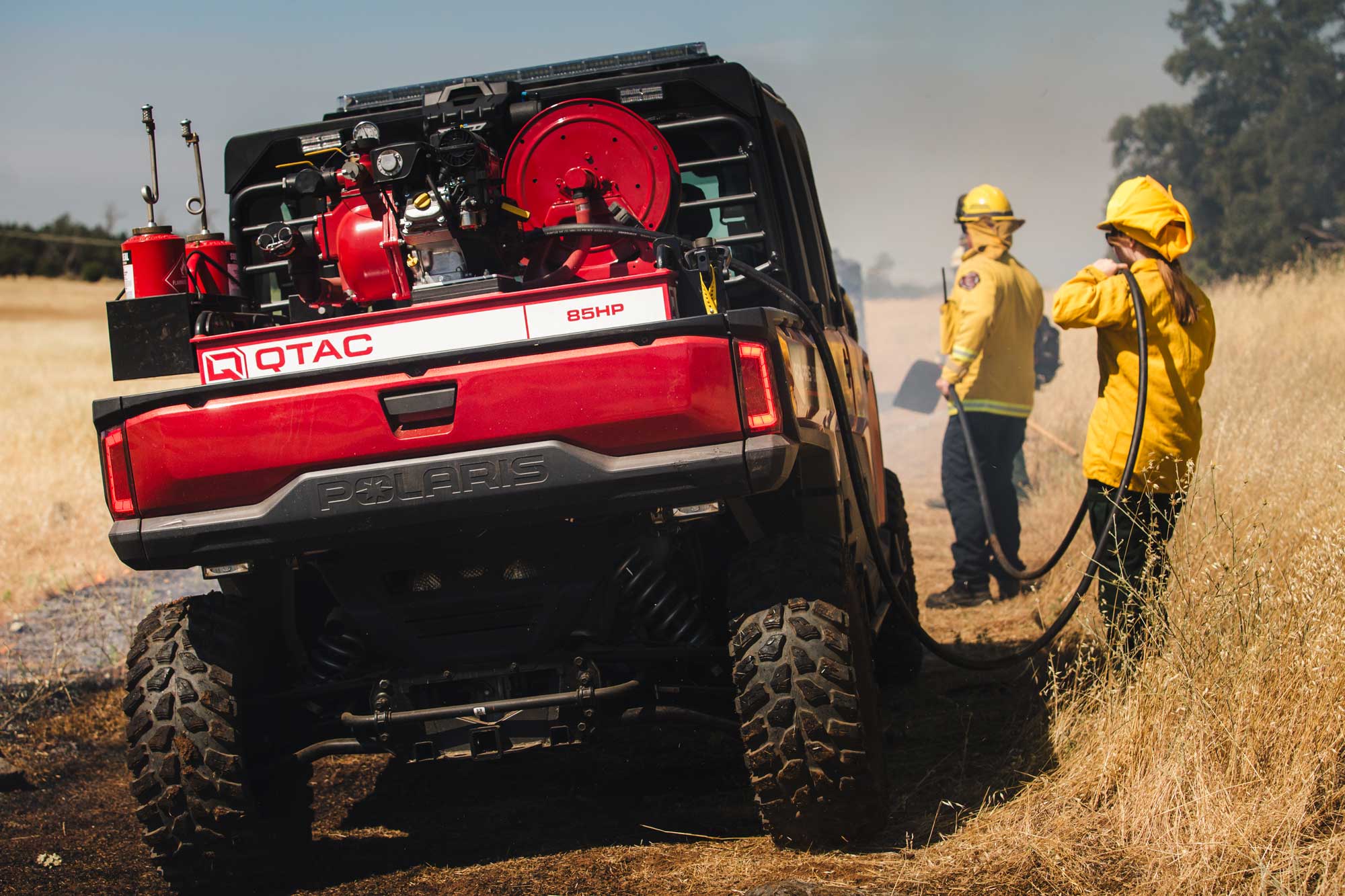 The strategic use of SPUs in WUI defense planning enhances the ability for communities to be resilient by reducing the risk of property losses during wildfires. Communities that have adopted this strategy have higher survival rates for structures compared to those who do not have an SPU strategy. For more information about WATERAX’s MINI-MARK, visit WATERAX.com to explore WATERAX high-pressure pumps trusted by wildland firefighters for fire suppression and structure protection.
The strategic use of SPUs in WUI defense planning enhances the ability for communities to be resilient by reducing the risk of property losses during wildfires. Communities that have adopted this strategy have higher survival rates for structures compared to those who do not have an SPU strategy. For more information about WATERAX’s MINI-MARK, visit WATERAX.com to explore WATERAX high-pressure pumps trusted by wildland firefighters for fire suppression and structure protection.
[i] New York Times. 2025. “Long Island Wildfires Began With Backyard S’mores, Police Say.” New York Times, March 10.
